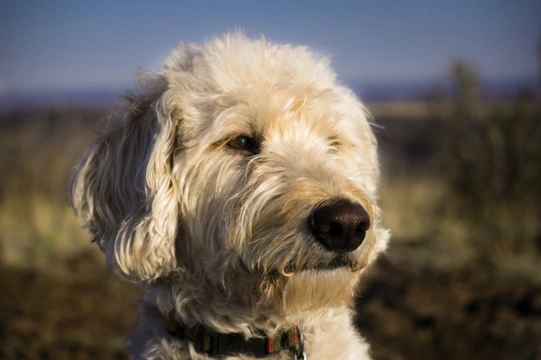
Is there anything you can do to reduce the amount of fur your dog sheds?
Certain dog breeds like the poodle and hybrid dog types like the Labradoodle are often particularly in demand with dog buyers because they are purported not to shed – but this is a myth, and all dogs shed a certain amount of fur, and there is no such thing as a non-shedding dog!
Whilst some dog breeds do certainly shed more fur than others, all dog owners have to deal with their dog’s shedding to some extent, whether this be minor or major – and many people who own dogs that shed prolifically find that keeping shed hair under control on their dog and around the home takes up a lot of their time.
If you are wondering if there is anything that you can do to reduce the amount of fur that your dog sheds, the answer to this is both yes and no – or rather, you can’t make your dog’s coat drop less fur than is present and unattached, but there are things that you can do to reduce the impact that this has and in some cases, to reduce the total amount of fur lost as well.
In this article we will share some suggestions for reducing shedding in your dog. Read on to learn more.
Know what to expect before you choose a breed
First of all, there can be vast differences from dog to dog in terms of how much fur they shed, and a lot of this is dictated by breed.
Certain dog breeds shed really heavily compared to most, like the Siberian husky and Golden retriever, so if you’re in the market to buy a new dog check out how much they tend to shed on average and consider how well you would cope with this before you make a purchase.
Is the amount your dog sheds normal?
If your dog seems to shed significantly more than is normal for their breed, if they shed a lot more than they ever used to, or if anything else seems off – like the texture of your dog’s coat, or dry skin and dandruff – there might be something going on that is causing them to shed more than they should.
Anything from allergies to dermatitis to chronic health conditions like Cushing’s disease can potentially cause skin and coat changes that may result in heavier than normal shedding, so ask your vet to investigate. If the underlying condition can be brought under control, your dog’s abnormally heavy shedding should resolve itself too.
Get ahead of seasonal shedding
Some dogs shed heavily all year round but many shed a lot more in the spring and autumn when the seasons change, and being able to predict and pre-empt this can help you to keep shedding under control. Increase the frequency of your dog’s brushing and grooming, and dedicate some time each day to plucking out loose fur and combing through the coat.
Brush and groom
On which note, brushing and grooming all year round for just a few minutes each day can make a huge difference to reducing the amount of fur your dog sheds, and help you to keep shedding under control.
It also helps to stimulate the skin and circulation, and healthy hair growth.
Bathe
Bathing your dog every few weeks will keep their skin clean and their coat in nice condition, and help to remove loose hair too. Over-bathing can be counterproductive and irritate the skin and coat, as can using overly harsh shampoos and products. But bathing every six weeks or so with a gentle, nourishing shampoo will help remove loose hair and keep your dog looking and smelling nice.
Clipping and trimming
If your dog’s fur is very dense or long, one way to reduce the amount of hair they shed is to have their fur clipped or trimmed. The number of hairs shed won’t lessen, but the fur loss will be less prolific than if it were long and full!
Diet and nutrition
Ensure that your dog is fed a balanced died and receives the appropriate nutrition for their age, activity level and lifestyle, as this is important to keep their skin and coat in good condition. Poor nutrition has a visible impact on your dog’s coat and will increase the amount of loose fur they have, and it will also be dull and unhealthy.
Water intake
Finally, ensure that your dog stays hydrated, as this too is vital to keep your dog’s coat and skin in good condition. If your dog is dehydrated or generally doesn’t drink enough water, they won’t be in peak health and their coat and skin will suffer in their turn.
This can cause a dull, dry coat that may become flaky and brittle, and more prone to shedding and breaking.
Encourage your dog to drink and always provide clean, fresh water that is readily available to your dog at all times.



